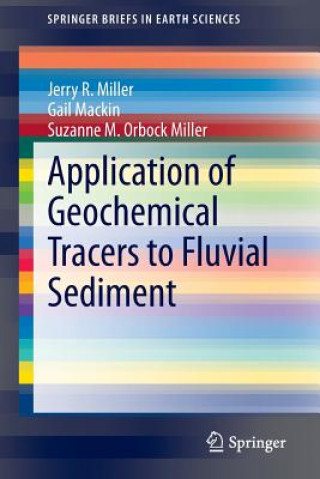
Code: 09034233
Application of Geochemical Tracers to Fluvial Sediment
by Jerry R. Miller, Gail Mackin, Suzanne M. Orbock Miller
This book takes an in-depth look at the theory and methods inherent in the tracing of riverine sediments. Examined tracers include multi-elemental concentration data, fallout radionuclides (e.g., 210 Pb, 137 Cs, 7 Be), radiogenic ... more
- Language:
 English
English - Binding: Paperback
- Number of pages: 142
Publisher: Springer International Publishing AG, 2014
- More about this

62.28 €

Low in stock at our supplier
Shipping in 10 - 15 days
Potřebujete více kusů?Máte-li zájem o více kusů, prověřte, prosím, nejprve dostupnost titulu na naši zákaznické podpoře.
Add to wishlist
You might also like
-
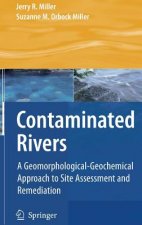
Contaminated Rivers
62.28 € -
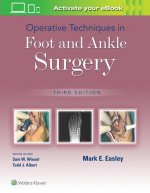
Operative Techniques in Foot and Ankle Surgery
306.53 € -4 % -

This Too Shall Pass
10.42 € -28 % -

The Good Girl
19.32 € -4 % -

So You Want a Seat at the Table
16.46 € -18 % -

Top The Toefl: Unlocking The Secrets Of Ivy League Students
39.78 € -
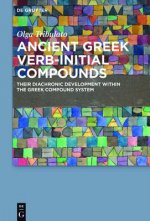
Ancient Greek Verb-Initial Compounds
167.22 € -
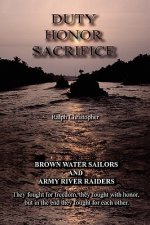
Duty Honor Sacrifice
23.51 € -

On the Genealogy of Morals and Ecce Homo
14.31 € -26 % -
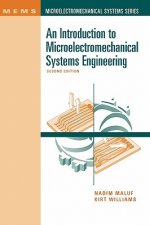
Introduction to Microelectromechanical Systems Engineering
107.59 € -

Power Query for Power BI and Excel
48.17 € -26 % -

The Notebook
10.63 € -
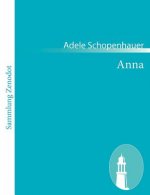
Anna
40.29 € -1 % -
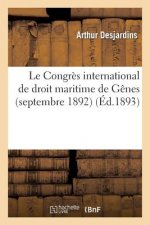
Congres International de Droit Maritime de Genes (Septembre 1892)
14.82 €
Give this book as a present today
- Order book and choose Gift Order.
- We will send you book gift voucher at once. You can give it out to anyone.
- Book will be send to donee, nothing more to care about.
More about Application of Geochemical Tracers to Fluvial Sediment
You get 154 loyalty points
 Book synopsis
Book synopsis
This book takes an in-depth look at the theory and methods inherent in the tracing of riverine sediments. Examined tracers include multi-elemental concentration data, fallout radionuclides (e.g., 210 Pb, 137 Cs, 7 Be), radiogenic isotopes (particularly those of Pb, Sr, and Nd), and novel ( non-traditional ) stable isotopes (e.g., Cd, Cu, Hg, and Zn), the latter of which owe their application to recent advances in analytical chemistry. The intended goal is not to replace more traditional analyses of the riverine sediment system, but to show how tracer/fingerprinting studies can be used to gain insights into system functions that would not otherwise be possible. The text, then, provides researchers and catchment managers with a summary of the strengths and limitations of the examined techniques in terms of their temporal and spatial resolution, data requirements, and the uncertainties in the generated results.§§The use of environmental tracers has increased significantly during the past decade because it has become clear that documentation of sediment and sediment-associated contaminant provenance and dispersal is essential to mitigate their potentially harmful effects on aquatic ecosystems. Moreover, the use of monitoring programs to determine the source of sediments to a water body has proven to be a costly, labor intensive, long-term process with a spatial resolution that is limited by the number of monitoring sites that can be effectively maintained. Alternative approaches, including the identification and analysis of eroded upland areas and the use of distributed modeling routines also have proven problematic. The application of tracers within riverine environments has evolved such that they focus on sediments from two general sources: upland areas and specific, localized, anthropogenic point sources. Of particular importance to the former is the development of geochemical fingerprinting methods that quantify sediment provenance (and to a much lesser degree, sediment-associated contaminants) at the catchment scale. These methods have largely developed independently of the use of tracers to document the source and dispersal pathways of contaminated particles from point-sources of anthropogenic pollution at the reach- to river corridor-scale. Future studies are likely to begin merging the strengths of both approaches while relying on multiple tracer types to address management and regulatory issues, particularly within the context of the rapidly developing field of environmental forensics.§
 Book details
Book details
Book category Books in English Earth sciences, geography, environment, planning Earth sciences Geology & the lithosphere
62.28 €
- Full title: Application of Geochemical Tracers to Fluvial Sediment
- Author: Jerry R. Miller, Gail Mackin, Suzanne M. Orbock Miller
- Language:
 English
English - Binding: Paperback
- Number of pages: 142
- EAN: 9783319132204
- ISBN: 3319132202
- ID: 09034233
- Publisher: Springer International Publishing AG
- Weight: 2685 g
- Dimensions: 235 × 155 × 6 mm
- Date of publishing: 15. December 2014
Trending among others
-
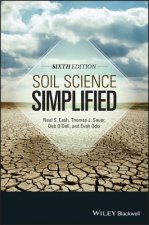
Soil Science Simplified 6e
104.22 € -

Past Time: Geology in European and American Art
38.35 € -17 % -
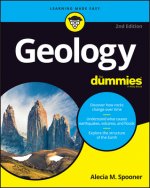
Geology For Dummies
20.96 € -22 % -
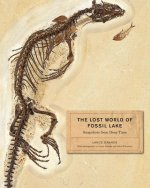
Lost World of Fossil Lake
40.60 € -18 % -
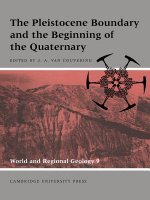
Pleistocene Boundary and the Beginning of the Quaternary
89.39 € -
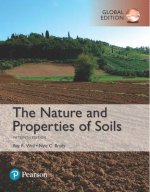
Nature and Properties of Soils, The, Global Edition
95.42 € -

S & S Guide to Rocks and Minerals
20.86 € -21 % -
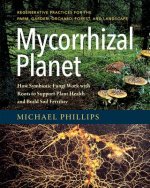
Mycorrhizal Planet
29.45 € -28 % -
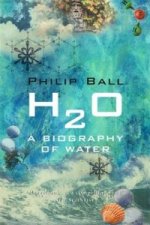
H2O
11.45 € -28 % -
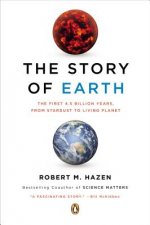
Story of Earth
19.01 € -2 % -
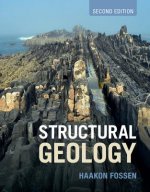
Structural Geology
64.43 € -2 % -
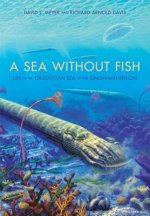
Sea without Fish
39.68 € -22 % -
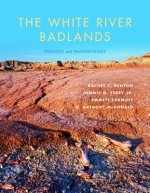
White River Badlands
37.32 € -19 % -
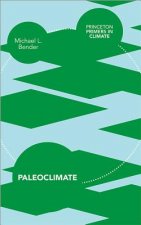
Paleoclimate
40.60 € -
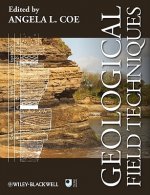
Geological Field Techniques
74.25 € -6 % -
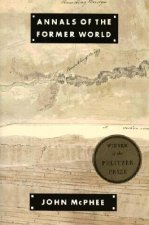
Annals of the Former World
23.72 € -21 % -
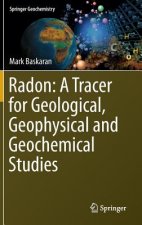
Radon: A Tracer for Geological, Geophysical and Geochemical Studies
276.87 € -
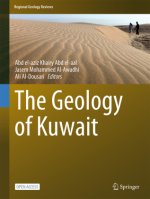
The Geology of Kuwait
43.56 € -4 % -

Reading the Rocks
15.33 € -25 % -
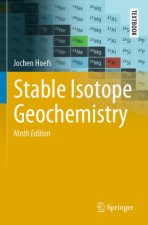
Stable Isotope Geochemistry
100.84 € -
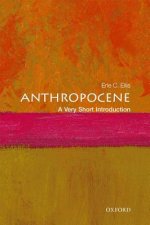
Anthropocene: A Very Short Introduction
9.09 € -27 % -

Ice Age
78.03 € -
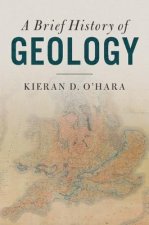
Brief History of Geology
39.06 € -
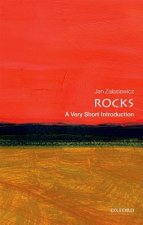
Rocks: A Very Short Introduction
10.22 € -28 % -
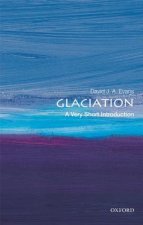
Glaciation: A Very Short Introduction
10.22 € -28 % -
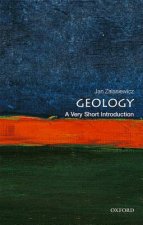
Geology: A Very Short Introduction
11.45 € -20 % -
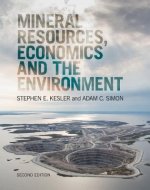
Mineral Resources, Economics and the Environment
78.65 € -
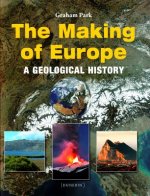
Making of Europe
74.96 € -
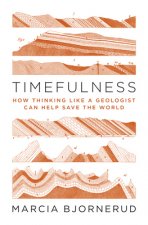
Timefulness
40.80 € -10 % -

Historical Geology
86.93 € -17 % -

Global Geomorphology
83.35 € -4 % -
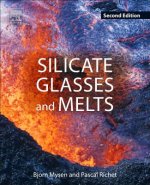
Silicate Glasses and Melts
270.12 € -

Worlds Before Adam
100.64 € -
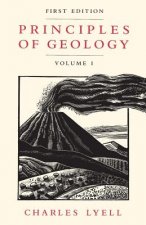
Principles of Geology, Volume 1
32.41 € -31 % -
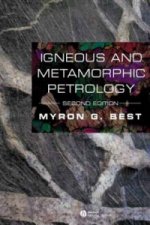
Igneous and Metamorphic Petrology 2e
132.75 € -
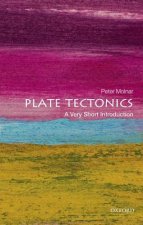
Plate Tectonics: A Very Short Introduction
10.32 € -28 % -
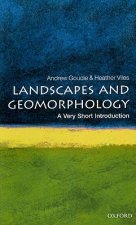
Landscapes and Geomorphology: A Very Short Introduction
9.40 € -28 % -

Ore Deposit Geology
77.21 € -2 % -
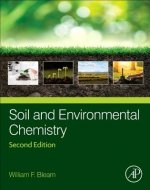
Soil and Environmental Chemistry
117.62 € -
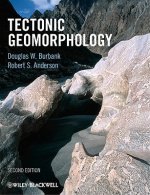
Tectonic Geomorphology 2e
109.74 € -

Fossils: A Very Short Introduction
10.22 € -28 % -
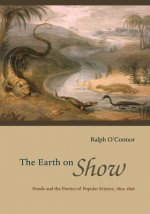
Earth on Show
62.59 € -

Last Giant of Beringia
26.17 € -
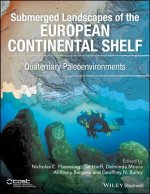
Quaternary Paleoenvironments - Submerged Landscapes of the European Continental Shelf.
122.73 € -

Earth: An Introduction to Physical Geology, Global Edition
87.95 € -
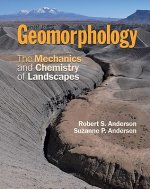
Geomorphology
97.98 € -
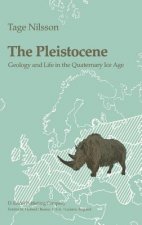
Pleistocene
243.94 € -
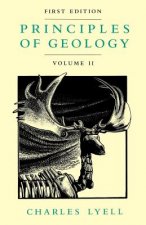
Principles of Geology, Volume 2
70.16 € -

Principles of Geology, Volume 3
70.16 €
Collection points Bratislava a 2642 dalších
Copyright ©2008-24 najlacnejsie-knihy.sk All rights reservedPrivacyCookies


 15549 collection points
15549 collection points Delivery 2.99 €
Delivery 2.99 € 02/210 210 99 (8-15.30h)
02/210 210 99 (8-15.30h)